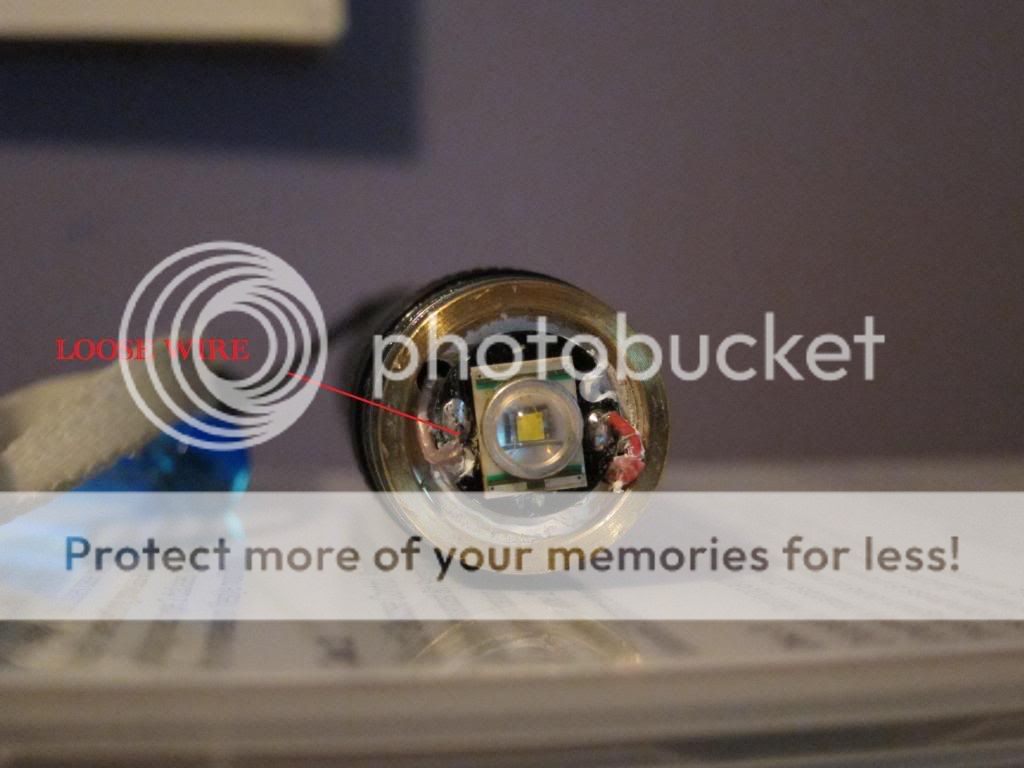(I hope I have this in the right, forum. Mods can feel free to move it if necessary)
One of the wires on my MG L-Mini II has gotten loose from taking the head on/off. Here is a picture.

I do not have any materials or any experience in soldering, but am thinking about giving it a go myself. I've done a little reading on soldering, but still am not sure of some things. I'm looking at getting a cheap 30W soldering iron and 1mm rosin core solder, from dealextreme.
Tell me if what I'm planning is ok: Firstly 'tin' the soldering tip. Clean the area to solder with a bit of isopropyl achohol. Heat up the existing solder where the wire is loose (do I need to remove it completely?). Add new solder and join wire to solder?
Any tips or thoughts before I go ahead with this?
One of the wires on my MG L-Mini II has gotten loose from taking the head on/off. Here is a picture.

I do not have any materials or any experience in soldering, but am thinking about giving it a go myself. I've done a little reading on soldering, but still am not sure of some things. I'm looking at getting a cheap 30W soldering iron and 1mm rosin core solder, from dealextreme.
Tell me if what I'm planning is ok: Firstly 'tin' the soldering tip. Clean the area to solder with a bit of isopropyl achohol. Heat up the existing solder where the wire is loose (do I need to remove it completely?). Add new solder and join wire to solder?
Any tips or thoughts before I go ahead with this?

